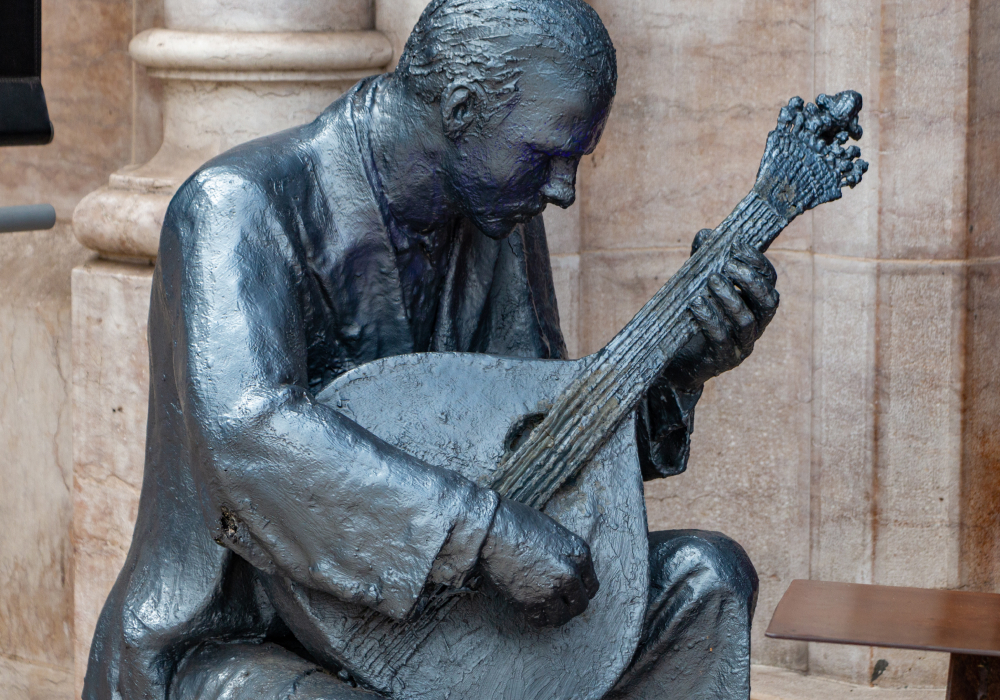There are several Fado artists, poets and musicians from Oporto, like Tony de Matos, Beatriz da Conceição, Maria da Fé, Lenita Gentil, Florencia, Pedro Homem de Melo, António Torre da Guia or Fontes Rocha, are just a few examples that reflect the importance not only of Oporto but also of the rest of the country in the history of the national song that is Fado. Fado has always been listened in appropriate places, such as taverns, taverns, communities and of course the famous and traditional "Casas de Fado" where Fado is treated with all the rigor and ceremony, a true celebration.
Casas de Fado is admittedly the most appropriate place to watch a night of Fados the old-fashioned way. There are a series of rules that should not be broken in Fado: There is no amplification, silence is a determining factor, there are no performances during the performances, the lights are lowered and there is no circulating in the room, nor should you be interrupted. The performances alternate between the various artists, interspersed with moments in which the normal food service takes place. As D. Amalia used to say: Fado cannot be explained, it is felt ... it is consensual that it is in the Fado houses where Fado is best felt and where it really happens. In the true Portuguese tradition, Fado has always been accompanied by wine and snacks by candlelight. It was the characteristic Fado from the Fado Houses that was elected intangible heritage of humanity. In 1968, history was made because D. Heitor Gil de Vilhena made a pact with Fado, thus appearing the cathedral of Fado in Oporto, the Casa da Mariquinhas.
Casa da Mariquinhas is located in the heart of the city, in the typical neighborhood of Sé, in front of the Santana Arch, immortalized by Garrett, and at the foot of the Sé Cathedral. With 52 years of history, this mythical place exudes Fado through the pores of its granite walls. Here passed and still pass all the great names of national Fado, without microphones, with the greatest intimacy and proximity to the public, making Casa da Mariquinhas the ideal place to enjoy the best Fado that is sung and played in Oporto, accompanied by the best traditional Portuguese cuisine by the hand of Chef. Sandra Santos and the best nectars of our Douro. For those who come to Porto a visit to this establishment recognized as of historical and cultural interest is a must.








